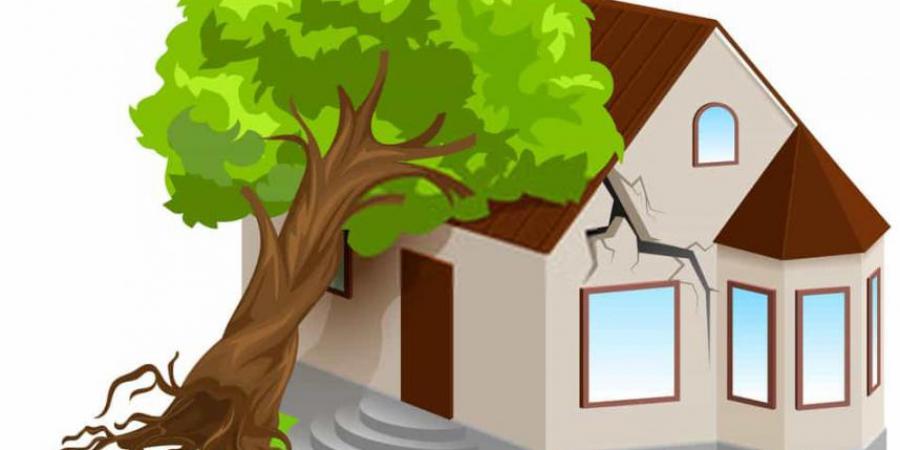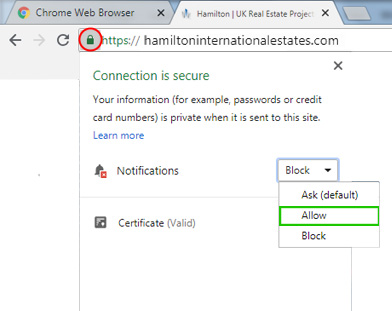If my neighbor's tree falls on my property who is responsible UK

20 Nov 2019
Nobody is liable to pay for the damages caused by a tree in the neighbourhood, especially, if the weather condition like a storm results in such damage but if one is able to prove that the tree was in the condition that it was likely to fall back, by pictures showing how it looked before it fell, and attaches the copy of arboricultural surveyor, they can make a claim.
One can get a claim with home insures which should cover such damage in the neighbourhood.
If you see your neighbour's tree overhanging your garden, you can cut back any part of the tree, including its roots, if it infringes your boundary as far as the boundary line; also, your neighbour could be held responsible for any damages you face.
However, it is preferable to do it as part of the agreement with the neighbour and in the manner where it causes the least damage to the tree/plant.
If the base of a tree sits on the boundary line between two properties, and if both jointly own it - it is classed as tenants in common. If one owner accesses the tree without permission from the other owner, that will make them liable (as this amounts to trespass).
The other owner should also seek consent before work is undertaken on the tree. Where there is doubt as to whose land the tree lies, they must hire a surveyor to assess the liability.
Who Is Responsible When A Neighbour's Tree Falls In Your Yard?
A tree or its branches can fall due to natural decline, where it declines with age and lets the old branches fall. Some trees may fall due to infection, and some trees are damaged when the branches are cut off in an unprofessional manner.
The tree may fall due to natural causes like winds, lightning or other unpredictable weather patterns that lead to the tree's collapse. If a tree in your neighbourhood falls, you should know the laws that apply to a fallen tree to claim any benefits.
Regardless of the type of property, private or commercial, you need to follow the common rule regarding the collapse of a tree.
However, suppose you live in an area having conserved older trees; in that case, you need to contact the Tree Preservation Order, or you may have to get a tree survey from the local council, which can provide the right information related to compensation against damage caused by such a tree.
Overhanging damaged trees and branches blocking roads or obscuring pathways can damage your property as trees can greatly impact the property. If it is difficult to say who the tree belongs to, a person or the council, you need to find it through a surveyor, and then the liable must pay for its removal.
The initial removal responsibility lies with the landowner under the Occupiers Liability Act, where the landowner is responsible for making the property safe for the visitors, users and dwellers. Though it doesn't mean they are liable to pay, in circumstances where a tree owner has neglected and not cared for the tree, they may be tasked to pay for the removal and repair.
A Council Tree Falls On My Property
Depending on who owns the property, the council will either foot the bill and repair the damage themselves or may pass the bill to the landowner if the tree falls on someone else' property to recover the costs.
If the tree falls on a private road or if the branch of a tree falls on public land, the highway authorities or the local council are responsible for cleaning it. However, when the road is connected to a private estate like an office park or university campus, and it is unclear who the landowner is, you need to contact a surveyor who can provide the right answer to such a question.
If a tree is blocking right the way on a public footpath and if the land is held privately by someone, you can inform the local authorities with the images of the obstruction on the public footpath to get the pathway cleared of debris.
One can assess the damage caused by it and request for priority removal based on the frequency of access of the route, the seasonality as it is a common route, impact on the neighbouring land, if any conservation orders are in place and if there are any risk factors, that need to be weighed up to determine the priority of removal of such a tree.
Can I Sue My Neighbour If His Dead Tree Falls On My House?
Though you have the right to plant what you want on your property, there are restrictions when there are potentially large consequences of planting imposing trees or hedges close to a boundary. To minimise the negative impact of such a plant, you need to be careful to avoid paying damage to the neighbours.
If the neighbour's tree falls on your land, as a landowner, you are responsible for initial removal, and you can recover some of the cost of removal from your neighbours if the tree falls due to their neglect or if you feel they are responsible for the fall.
However, if the neighbourhood has a climber or creeper which belongs to the owner of the soil and not the owner of the building where it is growing, the owner of the building can remove it without permission, provided they do not intentionally destroy the plant or tree.
The owner of any such tree is liable for any damage caused to others' property. Therefore, if you want to know your rights, you need to check the insurance policy for any damage to your property.
If the neighbouring tree is responsible for uncontrollable fallen leaves, in that case, you are unlikely to get any compensation for it, and you cannot hold anyone else responsible for it.
Similarly, if a large imposing tree restricts daylight to your house, and if your property has been receiving daylight for the last 20 years, you are entitled to continue to receive daylight.
So if the neighbour plants a huge tree or fence that blocks daylight on your property, you can apply to the court to restore daylight or seek the administration's support to prevent the neighbour from planting a huge fence on their boundary.
Those trees that fall in terms of the High hedges Act can be contested on such grounds, but in most cases, the trees may grow huge, and it may be difficult to tell when the loss of daylight happened.
If you want to cut branches of such trees, and if cutting the branch does not require entering the other person's property, you can undertake the work as long as it does not require you to go to the neighbour's land.
Nevertheless, if the trees are covered under the prevention order or if the trees are located in a conservation area, you may have to seek consent from the local authority to trim branches.
Any such overhanging branches in your neighbourhood that are classed as abating a nuisance may not require any permission for pruning.
Once the branches are cut, you may have to give them back to the tree owners, and if the tree owner does not want them back, you are responsible for clearing the prunings.
In addition, if you cause any damage to the neighbour's tree without consent at the time of pruning, you will be liable to pay for the damage for negligence, like causing tree failure when trying to remove a branch. Furthermore, if your actions change the balance of the tree or cause a different wind loading that blows the tree over, it can be considered negligence.
To avoid such risk, if you plan to cut trees in your neighbourhood, hire an expert who can carry out the activity with minimum risks and would take on the liability for any damage caused by the process.
Even if you have an overhanging fruit tree, you need to get permission from the owner to pick the fruits and also, you need to seek permission to collect the windfalls except when the fruits fall in a public space or on common land.
If your neighbourhood has a tree that can cause damage by fruits or seeds, you can seek against such damages only if the tree or the hedge overhangs your boundary.
The owner of the house is not responsible for clearing the fallen leaves unless it leads to damage like blocked drains, and in such a case, you first need to inform the landowner about the damage through a letter.
Is Damage From Trees Covered By My Household Insurance?
Some insurers will seek information like how far away trees are from your home; they will compare the conditions with the terms and conditions of your policy to see what the insurer's position is towards trees.
Damage to the house(your own or your neighbours) caused by falling trees and branches is covered by home insurance policies, but you need to be careful and check the words of your cover for any exclusions.
Something that can be challenging is the part of the tree you can't see, like the roots growing under the ground. To the best of your knowledge, you'll be asked whether the property has ever been affected by subsidence, heave, landslip, or tree root damage.
The exact coverage depends on your insurance policy, with some insurers stipulating that cover depends on the tree's location on your property. Therefore, it is always advisable to check the terms and conditions of your property closely.
However, standard home insurance policies usually cover damage to your home or your neighbour's property or those caused by a falling council tree or branch. So, for example, if your tree is damaged during a violent storm and branches fall and damage a neighbour's property, your insurance will likely cover any claim.
- Dream Pods At Colonial Chambers
- Priest House, Birmingham
- Is there a shortage of housing in the UK
- If my neighbor's tree falls on my property who is responsible UK
- How to get an acting agent UK
- How to get a housing association house quickly
- How to Find Angel Investors UK
- How to claim housing benefit
- How to buy property in UK
- How Much Housing Benefit Can I Get







